China’s Pyramid-Shaped Mountains Spark Conspiracy Theories
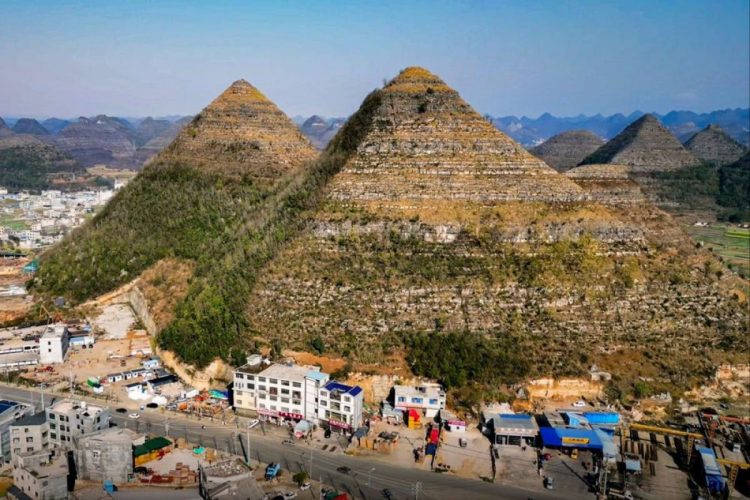
China’s Guizhou Province is home to about a dozen conical hills known as the Anlong Pyramids because of their resemblance to the much more famous pyramids of Egypt. In recent years, Anlong County has become a popular tourist destination thanks in no small part to its pyramid-like mountains which have captured the imaginations of millions […]
The World’s Deepest Subway Station Will Clog Up Your Ears
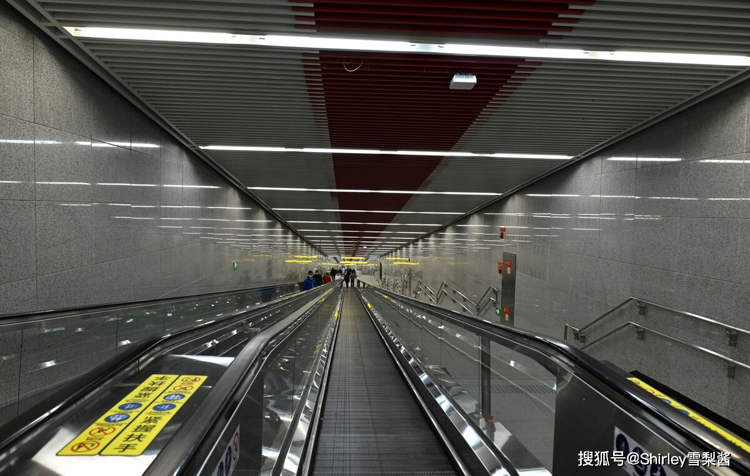
The Hongyancun subway station in Chongqing, China is 116 meters deep and the difference in air pressure will often leave users with clogged ears when accessed via its elevator. When the air pressure outside of the eardrum becomes different than the pressure inside, you experience ear barotrauma. It occurs most often during steep declines and […]
Costa Rica’s Cave of Death Is Lethal to Any Creature That Enters It
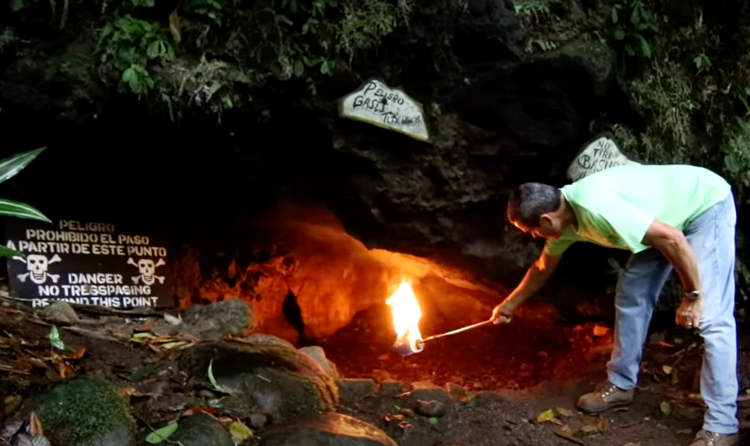
The Recreo Verde tourist complex in Venecia de San Carlos, Costa Rica, is home to a tiny mountain cavern that has come to be known as The Cave of Death due to its ability to kill any creature that enters it. Located on the edge of the Poas Volcano, la Cueva de la Muerte is […]
Iran’s Shazdeh Garden – A Stunning Green Oasis in the Middle of a Desert
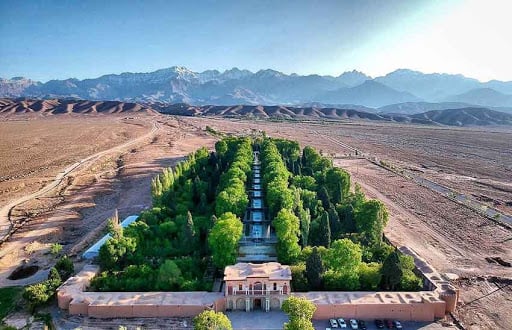
Iran’s Shazdeh Garden, also known as the Prince’s Garden, is a surprisingly lush garden full of greenery and water fountains surrounded by arid desert. Located 6 kilometers from the city of Mahan, in Kerman Province, Shazdeh Garden is a historical Persian garden built by the Qajar Dynasty, at the end of the 19th century. The […]
Tokyo’s Spectacles Museum, the Coolest Eyewear Store That Ever Was
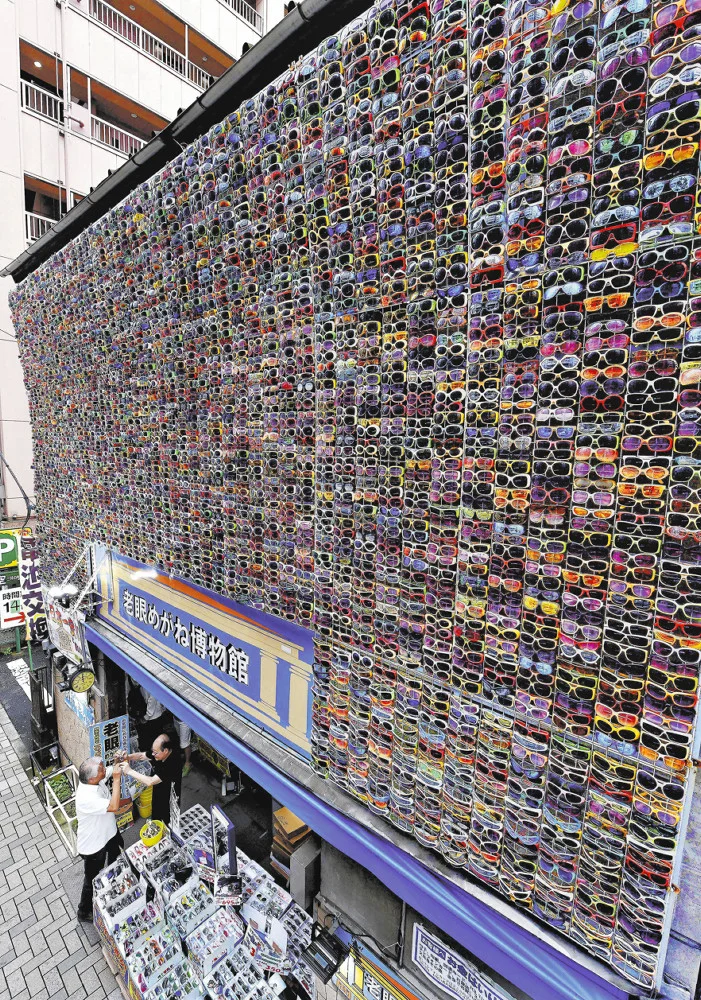
For 50 Years, the Rogan Megane Hakubutsukan or Spectacles Museum in Ikeburo, was the most iconic place to go shopping for eyeglasses and sunglasses in all of Japan, probably the world. Located on the Higashi-dori shopping street in Minami-Ikebukuro, Tokyo, the Spectacles Museum was one of the most Instagram-worthy places in the Japanese capital. Although […]
This Italian Church Has a 500-Year-Old Crocodile Hanging from the Ceiling

The Santuario Della Beata Vergine Maria Delle Grazie, in Italy’s Lombardia region, is an old church famous for having a real taxidermied crocodile hanging from the ceiling. What’s the last thing you expect to see when you look up in a church? Granted, there are plenty of interesting answers one can think of, but ‘a […]
Pakistan’s Famous Chained Tree Has Been Under Arrest for Over a Century

The Chained Tree of Peshawar, in Pakistan, has been under arrest since 1899, when a British officer decided to teach it a lesson for moving away from him. It has remained chained ever since. 125 years ago, a drunk British officer by the name of James Squid performed one of the most bizarre arrests in […]
Tokyo Cafe Caters Exclusively to Negative People

Mori Ouchi, a cozy cafe in Tokyo’s laidback Shimokitazawa district, is famous for only catering to pessimists and people with a generally negative mindset. Negative people tend to get a bad rep and are constantly told to be more positive, but, if you think about it, is there really anything wrong with being negative? The […]
Poll na bPéist – Ireland’s Naturally Rectangular Rock Pool

Inishmore, the largest of Ireland’s Aran Islands, is home to a remarkable natural wonder, a rectangular pool cut so straight into limestone that it looks man-made. Also known as “The Wormhole” or “The Serpent’s Lair”, Poll na bPéist is a natural water basin with an edge length of approx. 10 by 25 meters within a stone […]
Guiyang White House – China’s Largest And Most Mysterious Mansion?
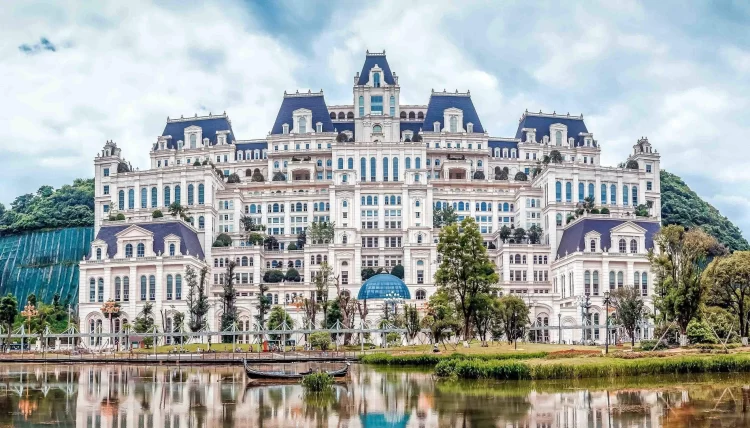
The so-called ‘Guyiang White House’ is a gigantic structure located in the posh Huaguoyuan Wetland Park area of Guiyang City, in China’s Guizhou Province. It has gone viral as China’s largest mansion, but you can’t believe everything you read online… Featuring an architectural style usually observed in European palaces and museums, the Guiyang White House […]
South Korea’s Majestic 860-year-Old Ginkgo Tree
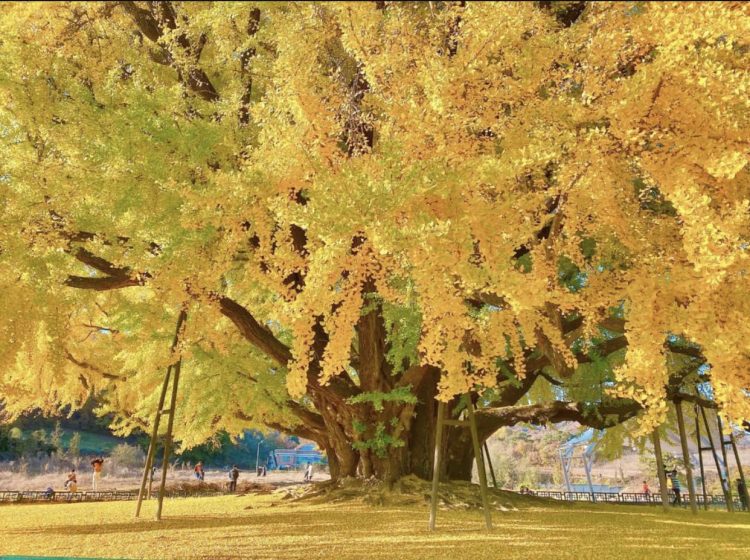
Every year, in late autumn, thousands of people flock to Bangye–ri, a village in Gyeongsang, South Korea, to witness the beauty of a majestic 860-year-old ginkgo biloba tree. The secular Wonju Bangye-ri Ginkgo Tree is a national monument of South Korea famous for its impressive crown which currently covers a perimeter of around 17 meters. […]
Impressive Road to Bali Beach Divides Internet

A road leading to Bali’s Pandawa Beach that seems to split an entire plateau in half has sparked a heated online debate about the practicality of the project and its effect on local wildlife. Featuring fine white sand and crystal-clear water, the picture-perfect beach of Pandawa was already one of Bali’s most beautiful seaside destinations, […]
Coppelia Park – The World’s Largest Ice Cream Parlor
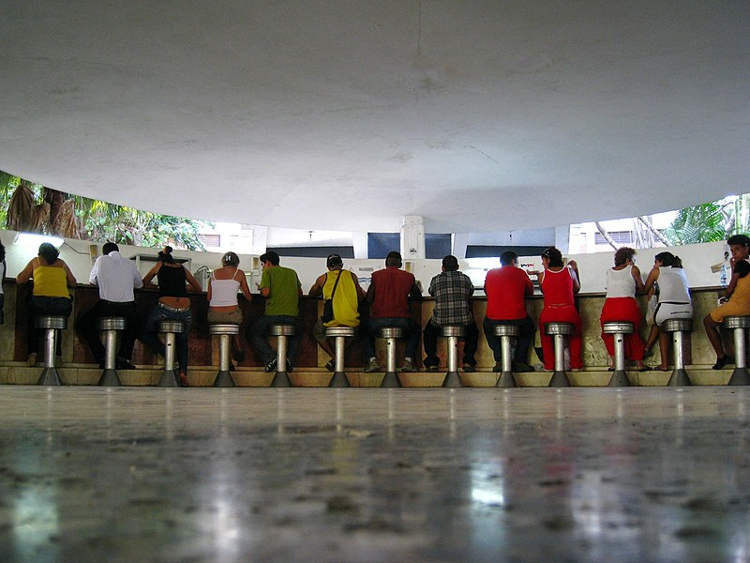
Located in Havana, Cuba, Coppelia Park is the world’s largest ice cream parlor. Also known as the ‘Ice Cream Cathedral, it serves around 30,000 customers per day and up to 600 at a time. Built in 1966, Cuba’s ‘Parque Coppelia consists of a two-storey domed pavilion inspired by Oscar Niemeyer’s iconic Cathedral of Brasilia outside […]
Pyramid-Shaped Mountain in Antarctica Sparks Online Conspiracy Theories

A pyramid-shaped peak in Antarctica’s Ellsworth Mountain range has been fueling all sorts of conspiracy theories involving aliens and ancient civilizations for at least seven years. Satellite images of a pyramid-shaped mountain peak in Antarctica first appeared on the internet in 2016. Measuring 2 kilometers square in each direction at its base, a design reminiscent […]
Dresden’s Massive Tobacco Mosque – A Story of Deception
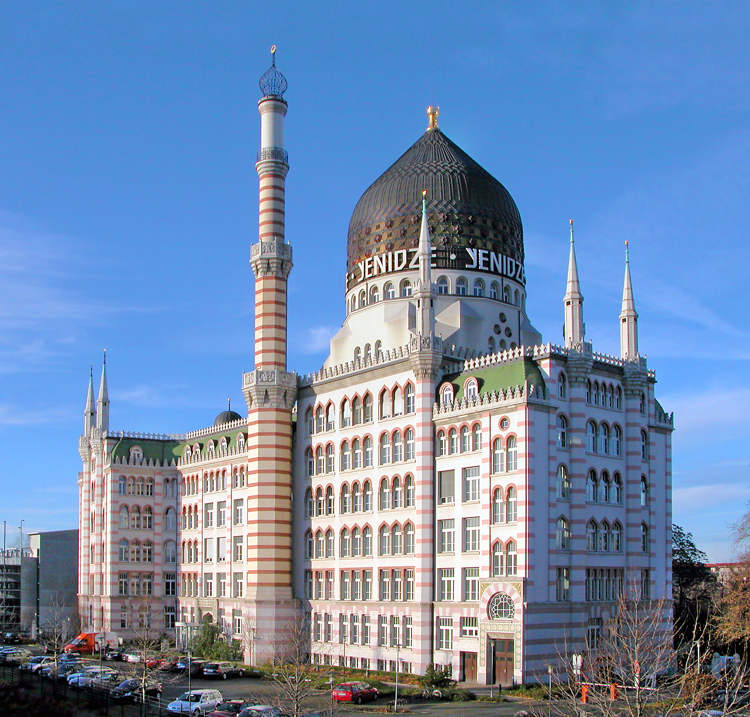
The German city of Dresden is famous for the Baroque architecture that runs along the banks of the Elbe River, but there is one exception that stands out like a sore thumb – the iconic Yenidze building, aka the ‘tobacco mosque’. Featuring clear oriental architectural elements of mosques and the famous Alhambra Palace of Granada, […]
